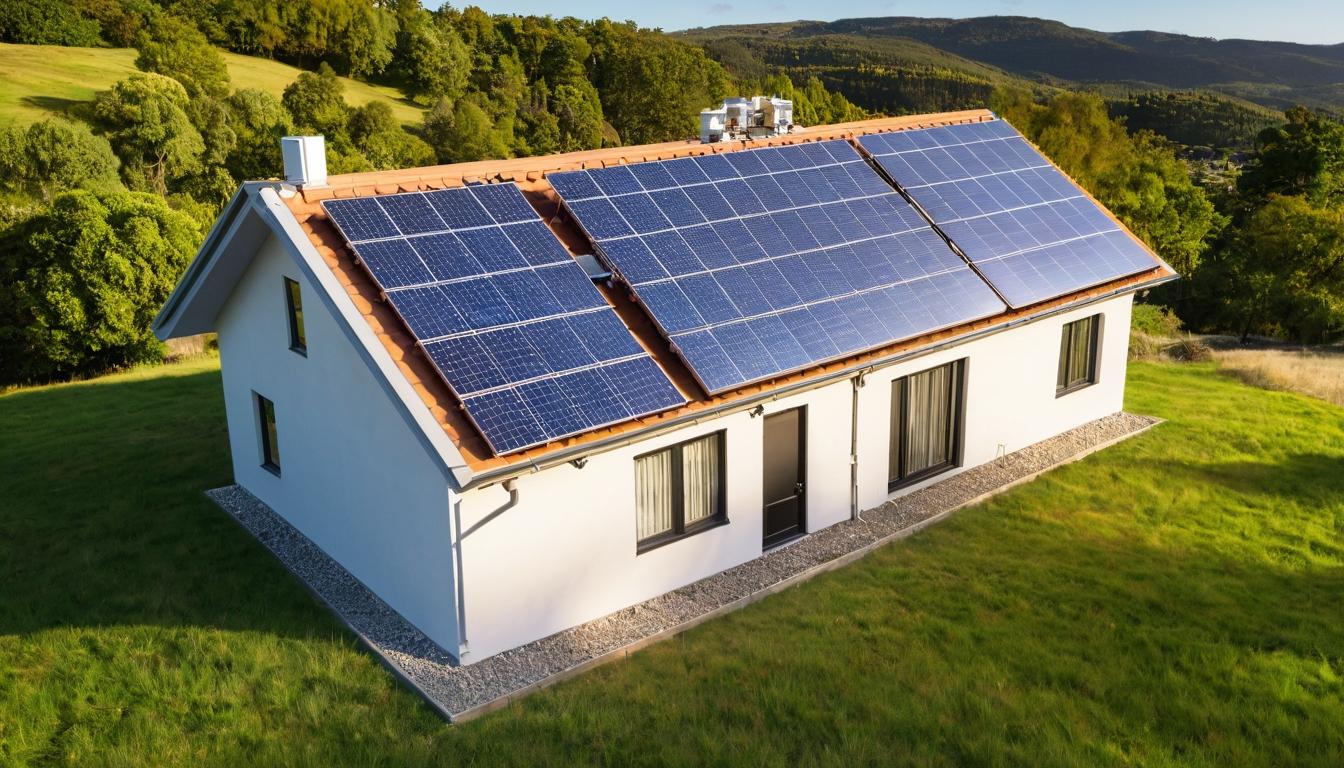Across America's sun-drenched landscapes, something remarkable is happening. Solar panels are multiplying at a pace that would have seemed like science fiction just a decade ago. But behind this green energy boom lies a troubling question that industry insiders whisper about in conference hallways and boardrooms: Is our aging electrical grid ready for this solar tsunami?
Walk through any suburban neighborhood from California to Connecticut, and you'll see the evidence everywhere. Rooftops that once stood bare now glisten with photovoltaic arrays. What began as a niche environmental statement has transformed into a mainstream financial decision. Homeowners aren't just going solar to save the planet—they're doing it to save money. The math has become undeniable: with electricity prices climbing and solar costs plummeting, the choice is increasingly obvious.
Yet this success story contains the seeds of a potential crisis. The very infrastructure designed to deliver electricity from centralized power plants now faces the challenge of managing thousands of mini-power stations feeding energy back into the system. Imagine trying to pour water both ways through the same pipe simultaneously, and you begin to understand the grid's dilemma. During sunny afternoons when solar production peaks, some utilities are already struggling to manage the surplus.
This isn't just a technical problem—it's an economic one that could determine whether the solar revolution continues its meteoric rise or hits an invisible ceiling. In Hawaii, where solar penetration reached impressive levels early, utilities had to implement restrictions on new installations in certain areas. The grid simply couldn't handle more intermittent power without costly upgrades. Similar challenges are emerging in solar hotspots across the country.
But here's where the story gets interesting: the same innovation that created the solar boom is now working to solve the grid problem. Battery storage systems, once considered too expensive for widespread adoption, are becoming the missing piece of the puzzle. Homeowners who install solar-plus-storage systems aren't just generating their own electricity—they're creating personal power plants that can feed the grid when it needs help most.
The economics of storage are following the same dramatic cost curve that solar panels traveled a decade ago. Lithium-ion battery prices have fallen nearly 90% since 2010, making home energy storage increasingly accessible. Companies like Tesla, LG, and Enphase are racing to develop systems that are smarter, cheaper, and more integrated. The goal: turn every solar home into a grid-supporting asset rather than a grid-stressing liability.
Meanwhile, utilities are waking up to both the challenge and opportunity. Some forward-thinking companies are creating virtual power plants—networks of home batteries that can be dispatched during peak demand, essentially creating a distributed power station without building a single new fossil fuel plant. Others are investing in grid-scale storage projects that can soak up excess solar generation during the day and release it after sunset.
But technology alone won't solve this puzzle. Regulatory frameworks designed for the 20th century energy system need updating for the 21st. Net metering policies, which credit solar owners for the power they send to the grid, are being reevaluated across the country. The debate is fierce: solar advocates argue fair compensation is essential for continued growth, while utilities worry about cost shifts to non-solar customers.
The solution likely lies somewhere in the middle—new rate structures that value solar energy based on when and where it's produced, rather than treating every kilowatt-hour as equal. Time-of-use rates that pay more for electricity during peak evening hours could encourage solar owners to install batteries and shift their exports to when the grid needs it most. Location-based pricing could incentivize solar development in areas where the grid has capacity rather than overloading already congested circuits.
What's often missing from this technical discussion is the human element. The solar revolution isn't just about panels and batteries—it's about empowerment. Homeowners who once passively paid their utility bills are becoming active participants in the energy system. They're monitoring their production, managing their consumption, and in some cases, earning money by helping stabilize the grid.
This democratization of energy represents a fundamental shift in how we power our lives. The centralized model that dominated the 20th century—where large utilities generated power and delivered it over one-way wires—is giving way to a more distributed, resilient system. In this new world, your neighbor's roof might help power your home during a heatwave, and the electric vehicle in your driveway could become a mobile battery that supports the local grid.
The transition won't be seamless. There will be technical hurdles, regulatory battles, and economic dislocations. Some utilities will adapt brilliantly, while others may struggle. But the direction is clear: the future of energy is decentralized, digital, and decarbonized. The question isn't whether solar will continue its growth—it's how quickly we can build the smart, flexible grid needed to harness its full potential.
As I traveled across the country speaking with engineers, utility executives, and homeowners who've embraced solar, one theme emerged repeatedly: we're in the midst of an energy transformation that's both exhilarating and messy. The solutions will require technological innovation, regulatory creativity, and perhaps most importantly, a willingness to rethink assumptions about how we produce and consume electricity.
The solar revolution has proven its technical and economic viability. Now comes the harder part: building the infrastructure and market structures to ensure its success doesn't become its own undoing. The stakes couldn't be higher—get this right, and we accelerate the transition to clean energy. Get it wrong, and we risk stalling progress just when we need it most.
The solar revolution is accelerating, but can the grid keep up?

